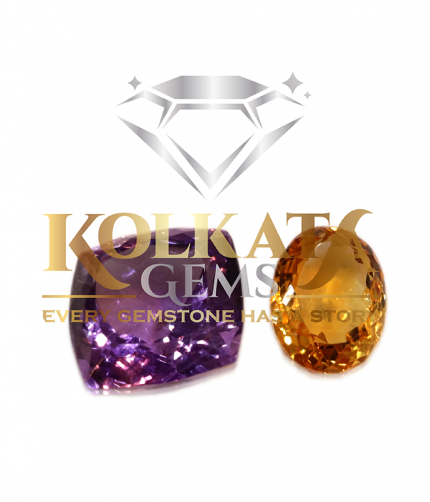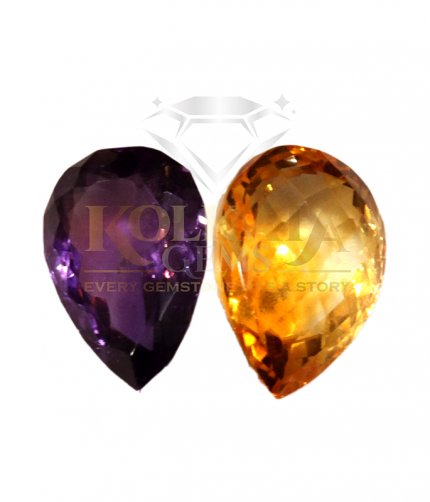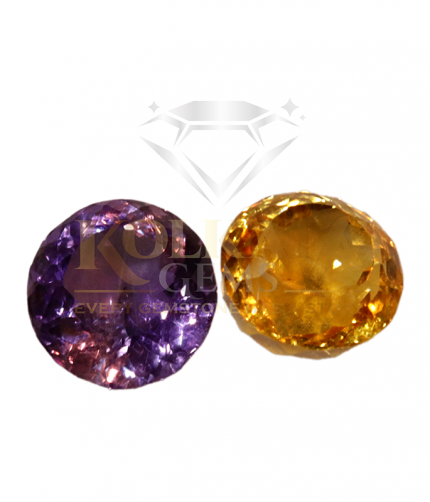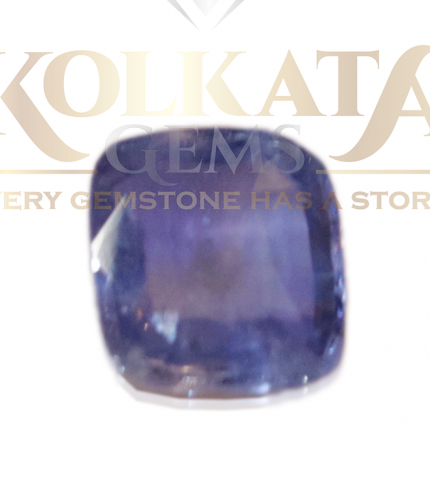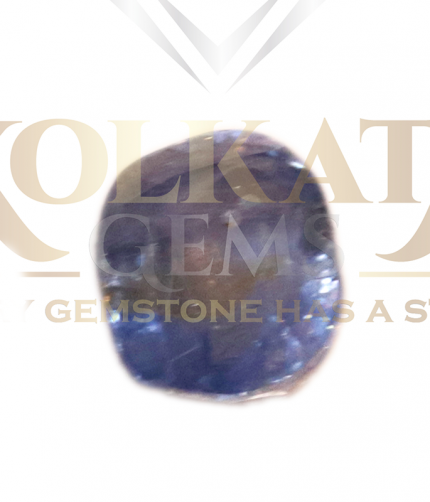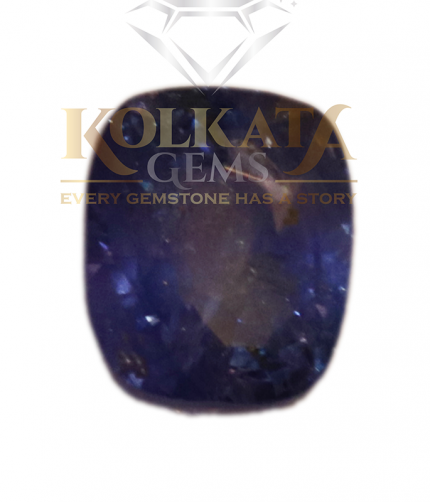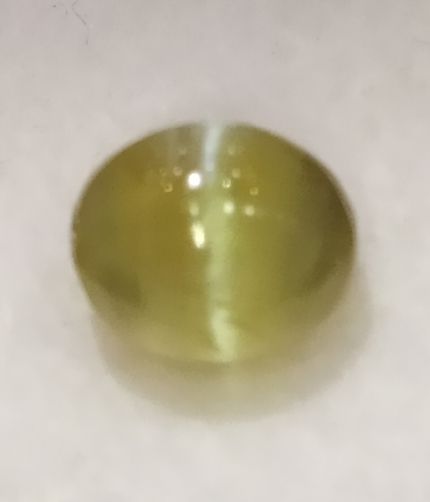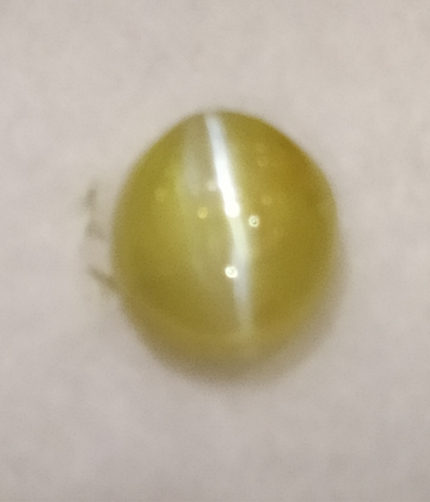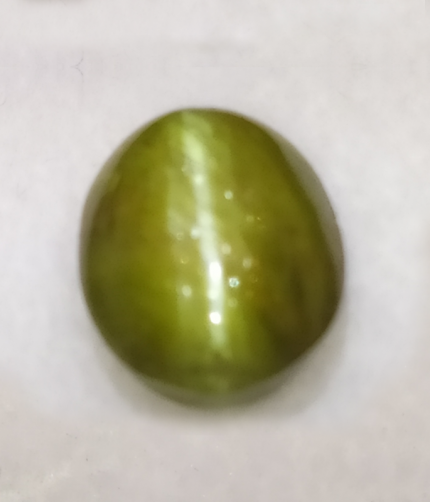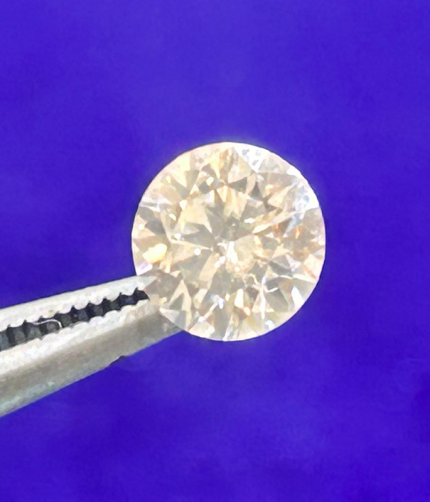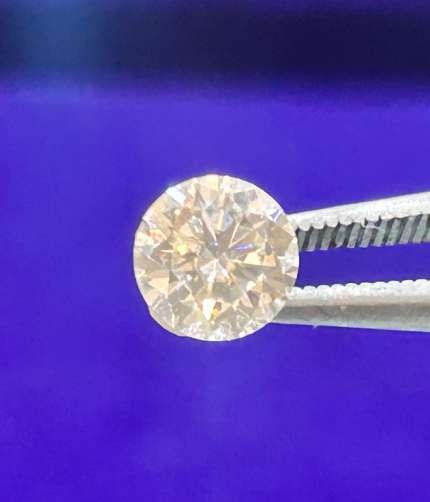Amethyst ( পদ্ম নীলা / फीरोजा ) 02
How is Amethyst Formed? (With Chemical Composition)
Formation Process:
Amethyst is the purple variety of quartz, formed when silica-rich solutions fill geode cavities within volcanic rocks such as basalt. Over thousands of years, these cavities cool and crystallize into beautifully structured amethyst crystals, primarily under low-pressure and high-temperature conditions
In Which Finger Should Amethyst Be Worn?
Correct Finger:
Amethyst should be worn on the middle finger of the right hand (or working hand),
Amethyst ( পদ্ম নীলা / फीरोजा ) 03
How is Amethyst Formed? (With Chemical Composition)
Formation Process:
Amethyst is the purple variety of quartz, formed when silica-rich solutions fill geode cavities within volcanic rocks such as basalt. Over thousands of years, these cavities cool and crystallize into beautifully structured amethyst crystals, primarily under low-pressure and high-temperature conditions
In Which Finger Should Amethyst Be Worn?
Correct Finger:
Amethyst should be worn on the middle finger of the right hand (or working hand),
Amethyst ( পদ্ম নীলা / फीरोजा ) 05
How is Amethyst Formed? (With Chemical Composition)
Formation Process:
Amethyst is the purple variety of quartz, formed when silica-rich solutions fill geode cavities within volcanic rocks such as basalt. Over thousands of years, these cavities cool and crystallize into beautifully structured amethyst crystals, primarily under low-pressure and high-temperature conditions
In Which Finger Should Amethyst Be Worn?
Correct Finger:
Amethyst should be worn on the middle finger of the right hand (or working hand),
Amethyst ( পদ্ম নীলা / फीरोजा ) 07
How is Amethyst Formed? (With Chemical Composition)
Formation Process:
Amethyst is the purple variety of quartz, formed when silica-rich solutions fill geode cavities within volcanic rocks such as basalt. Over thousands of years, these cavities cool and crystallize into beautifully structured amethyst crystals, primarily under low-pressure and high-temperature conditions
In Which Finger Should Amethyst Be Worn?
Correct Finger:
Amethyst should be worn on the middle finger of the right hand (or working hand),
Blue Sapphire (नीलमणि /নীলা) 02
How is Blue Sapphire Formed? (With Chemical Composition)
Formation Process:
Blue sapphire is a variety of the mineral corundum (Al,O5). and it owes its vivid blue color to the presence of iron
(Fe) and titanium (Ti) impurities within the crystal lattice. It forms under high-temperatureand high-pressure
conditions, typically in igneous or metamorphic environments, and crystallizes in aluminium-rich, silica-poor
rocks.
In Which Finger Should Blue Sapphire Be Worn?
Correct Finger:
Blue sapphire should be worn on the middle finger of the right hand
Blue Sapphire (नीलमणि /নীলা) 04
How is Blue Sapphire Formed? (With Chemical Composition)
Formation Process:
Blue sapphire is a variety of the mineral corundum (Al,O5). and it owes its vivid blue color to the presence of iron
(Fe) and titanium (Ti) impurities within the crystal lattice. It forms under high-temperatureand high-pressure
conditions, typically in igneous or metamorphic environments, and crystallizes in aluminium-rich, silica-poor
rocks.
In Which Finger Should Blue Sapphire Be Worn?
Correct Finger:
Blue sapphire should be worn on the middle finger of the right hand
Blue Sapphire (नीलमणि /নীলা) 06
How is Blue Sapphire Formed? (With Chemical Composition)
Formation Process:
Blue sapphire is a variety of the mineral corundum (Al,O5). and it owes its vivid blue color to the presence of iron
(Fe) and titanium (Ti) impurities within the crystal lattice. It forms under high-temperatureand high-pressure
conditions, typically in igneous or metamorphic environments, and crystallizes in aluminium-rich, silica-poor
rocks.
In Which Finger Should Blue Sapphire Be Worn?
Correct Finger:
Blue sapphire should be worn on the middle finger of the right hand
Cat’s Eye ( বৈদূর্য্যমণি / लहसुनिया रत्न ) 04
How is Cat’s Eye Formed? (With Chemical Composition)
Formation Process:
Cat’s Eye is a phenomenal gemstone, best known for its distinct optical effect called chatoyancy, which resembles the slit eye of a cat. It occurs when light reflects off needle-like inclusions, typically of rutile, inside the stone.
Natural Cat’s Eye is typically a variety of Chrysooberyl, formed in pegmatltes and metamorphic rocks under high-pressure conditions. ccasionally, other minerals like quartz, tourmaline, or apophyllite may also display chatoyancy, but Chrysoberyl Cat’s Eye is considered the most powerful and astrologically significant.
In Which Finger Should cat’s Eye Be Worn?
Correct Finger:
Cat’s Eye should be worn on the middle finger of the right hand
Cat’s Eye ( বৈদূর্য্যমণি / लहसुनिया रत्न ) 06
How is Cat’s Eye Formed? (With Chemical Composition)
Formation Process:
Cat’s Eye is a phenomenal gemstone, best known for its distinct optical effect called chatoyancy, which resembles the slit eye of a cat. It occurs when light reflects off needle-like inclusions, typically of rutile, inside the stone.
Natural Cat’s Eye is typically a variety of Chrysooberyl, formed in pegmatltes and metamorphic rocks under high-pressure conditions. ccasionally, other minerals like quartz, tourmaline, or apophyllite may also display chatoyancy, but Chrysoberyl Cat’s Eye is considered the most powerful and astrologically significant.
In Which Finger Should cat’s Eye Be Worn?
Correct Finger:
Cat’s Eye should be worn on the middle finger of the right hand
Cat’s Eye ( বৈদূর্য্যমণি / लहसुनिया रत्न ) 08
How is Cat’s Eye Formed? (With Chemical Composition)
Formation Process:
Cat’s Eye is a phenomenal gemstone, best known for its distinct optical effect called chatoyancy, which resembles the slit eye of a cat. It occurs when light reflects off needle-like inclusions, typically of rutile, inside the stone.
Natural Cat’s Eye is typically a variety of Chrysooberyl, formed in pegmatltes and metamorphic rocks under high-pressure conditions. ccasionally, other minerals like quartz, tourmaline, or apophyllite may also display chatoyancy, but Chrysoberyl Cat’s Eye is considered the most powerful and astrologically significant.
In Which Finger Should cat’s Eye Be Worn?
Correct Finger:
Cat’s Eye should be worn on the middle finger of the right hand
Diamond ( হীরা / हीरा ) 04
How is Diamond Formed? (With Chemical Composition)
Formation Process:
Diamonds are formed deep within the Earth’s mantle, approximately 200kllometera below the aurfaee, under extreme p. ……. ,,.. end temperature condition, over 1 to 3 billion yeara. They originate frompure carbon atoms that crystallize intoa highly stable, tetrahedral lattice structure.
These crystals are transported to the Earth’s surface through volcanic eruption,, via klmlMrtlte and lamprolte plpea, formingrough diamond deposits.
In Which Finger Should Garnet Be Worn?
Correct Finger:
Garnet should be worn on the ring finger of the right hand
Diamond ( হীরা / हीरा ) 06
How is Diamond Formed? (With Chemical Composition)
Formation Process:
Diamonds are formed deep within the Earth’s mantle, approximately 200kllometera below the aurfaee, under extreme p. ……. ,,.. end temperature condition, over 1 to 3 billion yeara. They originate frompure carbon atoms that crystallize intoa highly stable, tetrahedral lattice structure.
These crystals are transported to the Earth’s surface through volcanic eruption,, via klmlMrtlte and lamprolte plpea, formingrough diamond deposits.
In Which Finger Should Garnet Be Worn?
Correct Finger:
Garnet should be worn on the ring finger of the right hand



